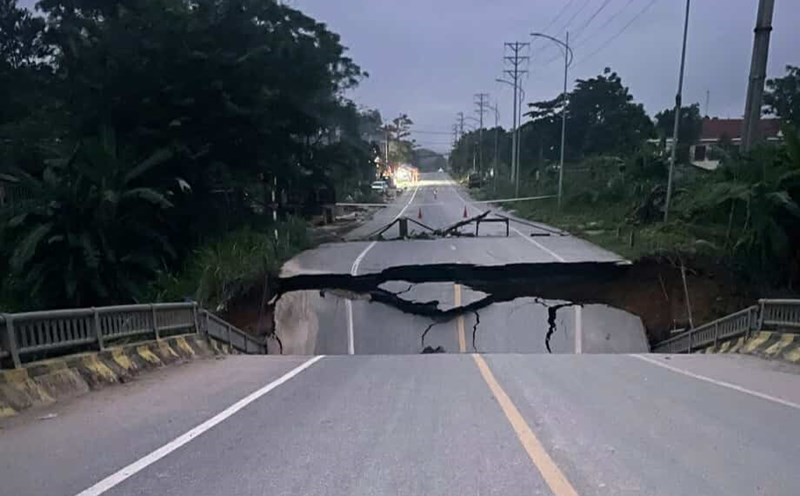The latest storm and low pressure information from the US National Hurricane Center on October 3 said that two new areas that need to be monitored for the possibility of becoming low pressure and tropical storms have appeared on the center's forecast map.
These two potential depressions appeared since the morning of October 2. The first potential low pressure area could form near the northwest Bahamas and southern Florida, US.
The center's weather forecasters said the depression will develop slowly as it passes through Florida. Therefore, this system has only a 10% chance of forming in the next 7 days.
The second low pressure area is expected to have a 20% chance of forming next week over a large area of the Atlantic Ocean, from the southwest of the Cape Verde Islands to the east of the Windward Islands in the far east of the Caribbean.
"This year's hurricane season is quite unusual, with a clear calm from late August to mid-September, followed by a series of storms forming," said Florida State University hurricane researcher Phil Klotzbach.
The leading expert on this storm said that the 2025 Atlantic hurricane season is below normal with named storms and hurricanes but above normal with major hurricanes.
In the 2-week hurricane forecast released on October 1, Colorado State University predicted that the storm's activity will be slightly above normal in the next 2 weeks, partly due to the impact of Imelda.
Typhoon Imelda has been hitting Bermuda with typhoon-like winds since the night of September 30. The storm has now become a tropical depression.
The Colorado State University's hurricane forecast emphasizes, "model signals predict potential development in the mid-tropical Atlantic and northwest of the Caribbean/ Gulf of Mexico in the second week."
In the Caribbean and Gulf of Mexico, Mr. Klotzbach pointed out, "there are signs of strong development potential around mid-October".
In addition, the Madden-Julian won, which supports the storm, is weak, but there are some signs that it could start to strengthen in the Indian Ocean in mid-October. "If this developments happen, it will facilitate hurricane activity in the Atlantic."
The National Oceanic and Atmospheric Administration (NOAA) predicts 13 to 19 named storms, and Colorado State University predicts 16 named storms in its adjusted forecast in August. With nine named storms so far, it remains to be seen whether the above-mentioned hurricane season will be approaching. On average, there are four storms forming in October and November per season.











